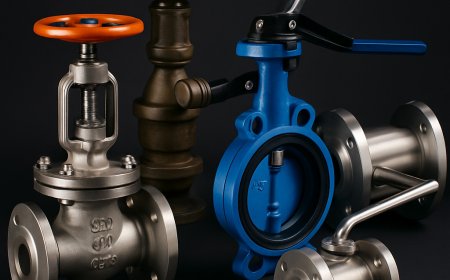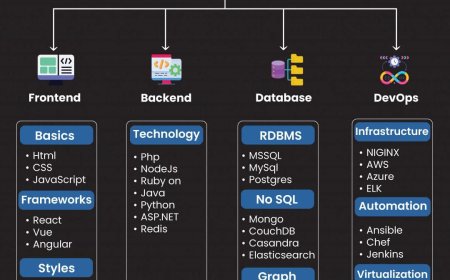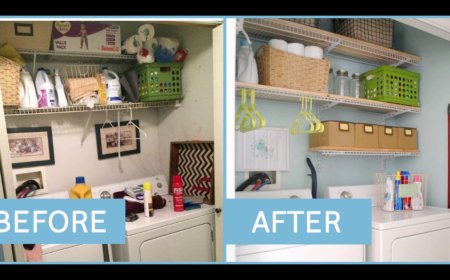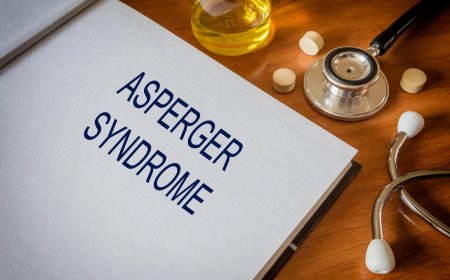Ensuring Compliance Through Structured Chemical Spill Arrangements

Understanding the Importance of Structured Planning
When we think about workplace hazards, one of the most critical issues to manage is the risk of a chemical spill. In factories, laboratories, and even small workshops, chemicals are part of daily operations. A small mistake or an unexpected accident can lead to dangerous exposure, fires, or environmental damage. Having structured chemical spill arrangements in place is not just a safety measure; it is a legal and moral responsibility.
Interestingly, many professionals who manage safety in industrial setups often invest in formal safety qualifications. For example, while planning compliance strategies, they often research NEBOSH course fees to upgrade their skills and learn best practices. A well-trained safety officer knows that a structured spill plan is not optional; its a critical element that ensures everyones well-being.
Why Chemical Spills Are a Workplace Hazard
A chemical spill can happen faster than you think. Imagine a technician in a paint manufacturing plant accidentally knocking over a container of solvent. Within seconds, fumes spread through the room, triggering alarms. The risk of fire grows, and workers begin to panic. This is exactly why a clear, structured spill arrangement is neededto stop panic and start proper action.
Hazardous chemicals often react unpredictably when spilled, and without a plan, the damage multiplies. A structured arrangement reduces the chaos, guides staff step by step, and prevents small spills from escalating into large disasters.
Step-by-Step Guide to Setting Up Spill Arrangements
Assess the Workplace
The first step is to look around your worksite and identify where chemicals are stored, used, and transported. Make a list of high-risk areas. For instance, in a chemical warehouse I visited, they had clearly marked zones with emergency kits placed within arms reach. That simple decision had once saved them during a small acid spill.
Create a Spill Response Team
Next, assign trained personnel to a spill response team. These individuals should know how to handle hazardous materials, wear protective gear, and follow emergency steps. Many workplaces sponsor these team members to join certified safety training. Some even calculate NEBOSH course fees as part of their yearly safety budget to ensure these responders know international standards.
Provide the Right Equipment
No plan is complete without tools. Make sure your workplace has:
-
Spill containment kits
-
Absorbent materials
-
Neutralizing agents
-
Chemical-resistant gloves and suits
-
Clearly visible signage
I remember visiting a food processing plant where they stored cleaning chemicals near the production floor. They invested in spill pallets and emergency eye-wash stations. When a detergent drum leaked, their quick use of the absorbents minimized damage within minutes.
Develop Clear Procedures
Write down each step in a simple, easy-to-understand format. Everyone should know:
-
Who to notify first
-
Where the spill kit is located
-
How to contain the spill
-
When to evacuate if needed
Make sure these instructions are included in safety manuals and displayed in common areas. Practice makes perfect, so schedule drills at least twice a year.
Training and Drills Build Confidence
Even the best plan fails if workers do not practice it. Regular training sessions ensure that when an incident occurs, people know what to do instinctively. In one manufacturing facility, they combined spill response training with other workplace hazard drills, such as fire and electrical safety. The result? Workers felt confident, and management saw fewer incidents.
This is why many safety managers choose to invest in recognized training programs. They review NEBOSH course fees and look at long-term benefits. After all, training isnt a cost; its an investment in the safety culture of the organization.
Monitoring and Updating Your Plan
Spill arrangements are not set and forget. Chemicals change, processes evolve, and new hazards appear over time. Its important to:
-
Review spill data regularly
-
Update procedures after near-misses
-
Involve staff in feedback sessions
One anecdote from an oil storage facility highlights this well. After a minor spill during night operations, they discovered their lighting was inadequate. They upgraded the lighting and revised their emergency checklist. This proactive approach prevented bigger problems in the future.
Building Trust and Compliance
When clients and stakeholders visit your site, they notice your safety standards. A well-organized spill response system shows you care about people and the environment. It also demonstrates compliance with regulations, which can save you from hefty fines and legal issues. Companies that show such commitment often gain better contracts and stronger reputations.
In many regions, decision-makers even consider training options like NEBOSH Fee in Pakistan to ensure compliance knowledge matches international standards. By exploring recognized training, they strengthen their safety programs and reassure investors that safety is taken seriously.
Encouraging Action with Confidence
Investing in a structured chemical spill arrangement isnt just about ticking boxes. Its about creating a safer, more efficient workplace where employees feel protected. When workers know there is a solid plan in place, they perform better and trust the management.
If youre responsible for safety, now is the time to review your spill arrangements. Upgrade your teams skills, invest in the right equipment, and keep refining your procedures. When you put these steps in place, you arent just meeting regulationsyoure building a workplace that values health, safety, and peace of mind.





































